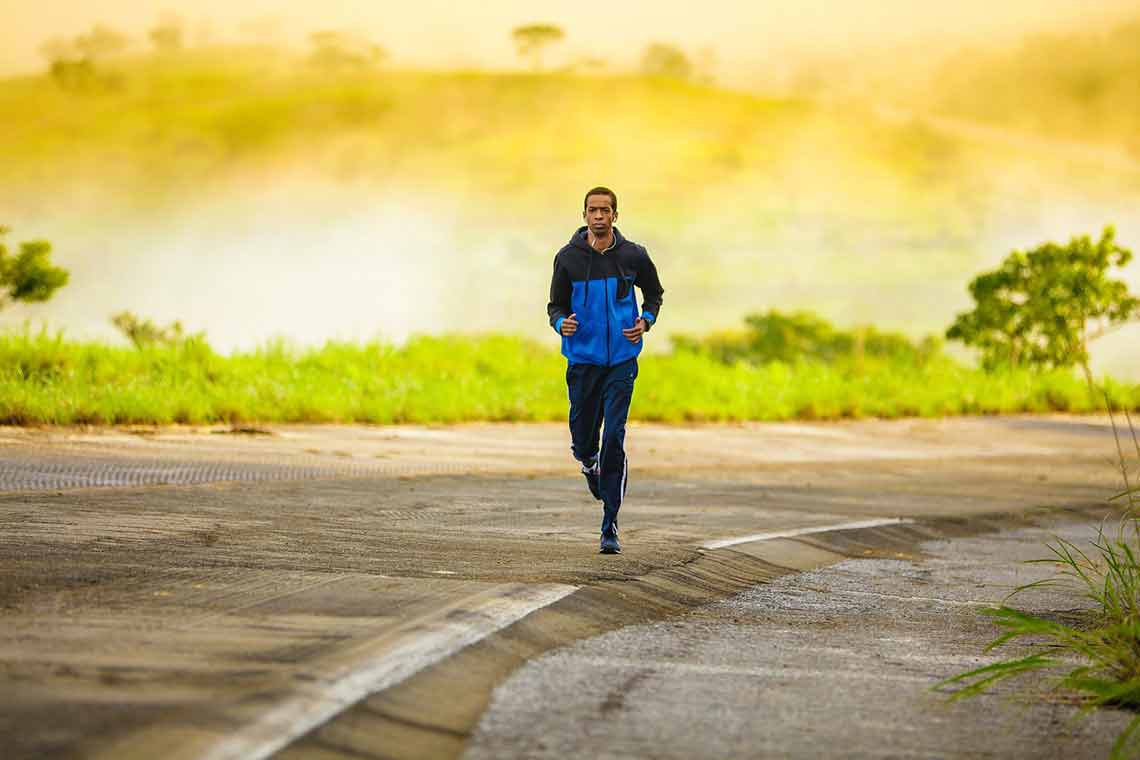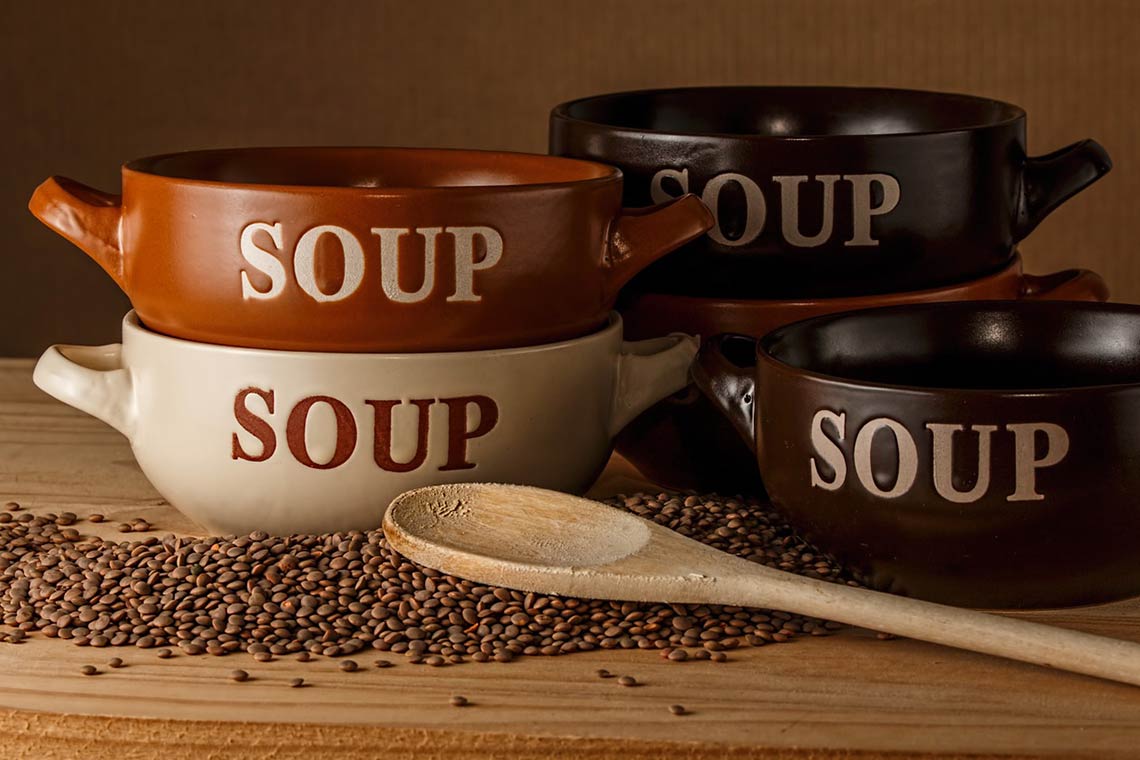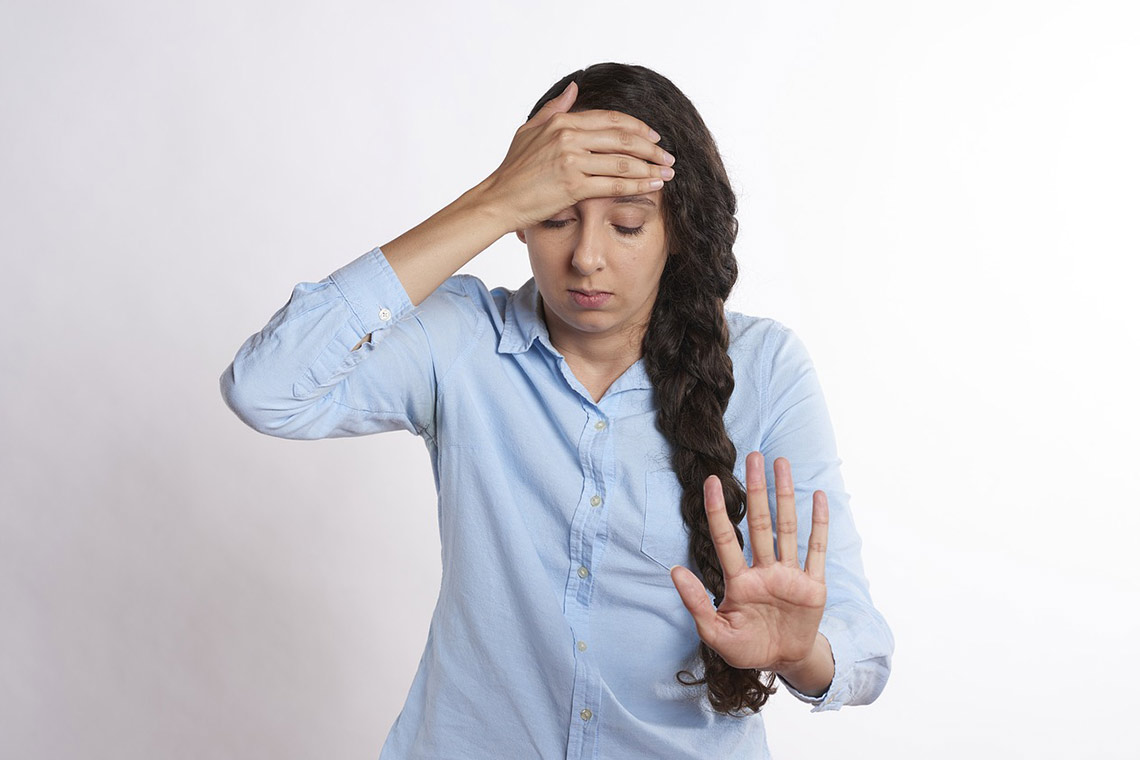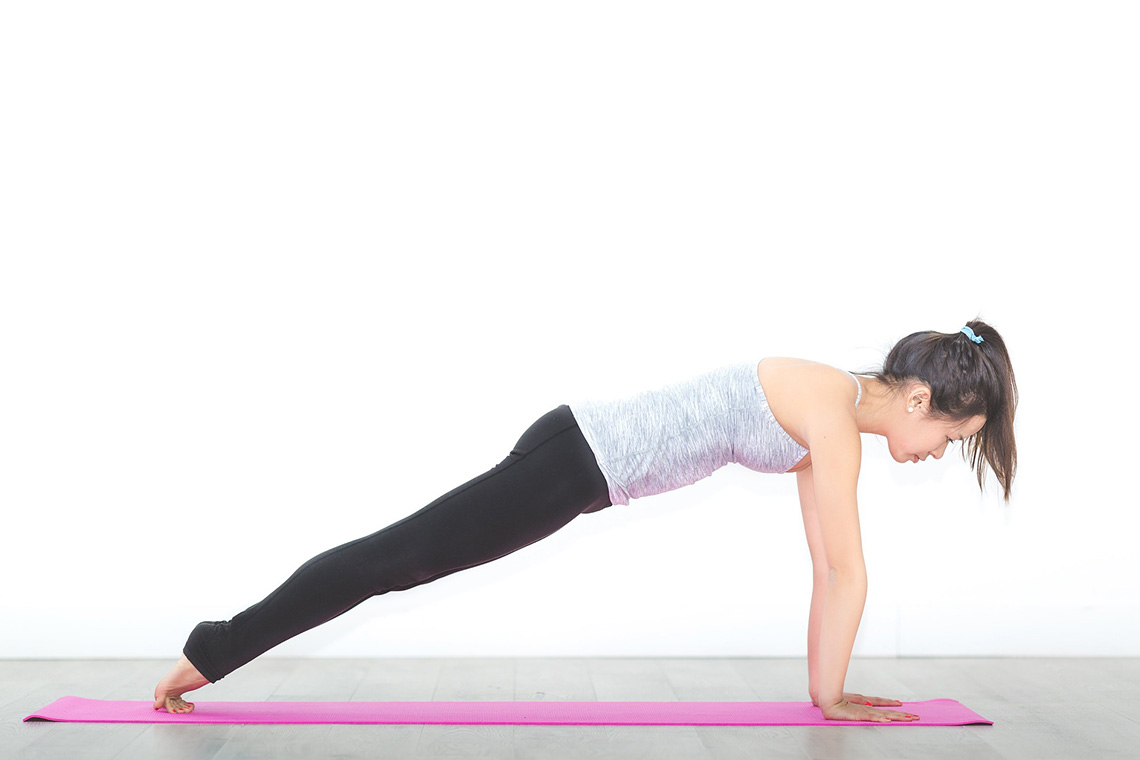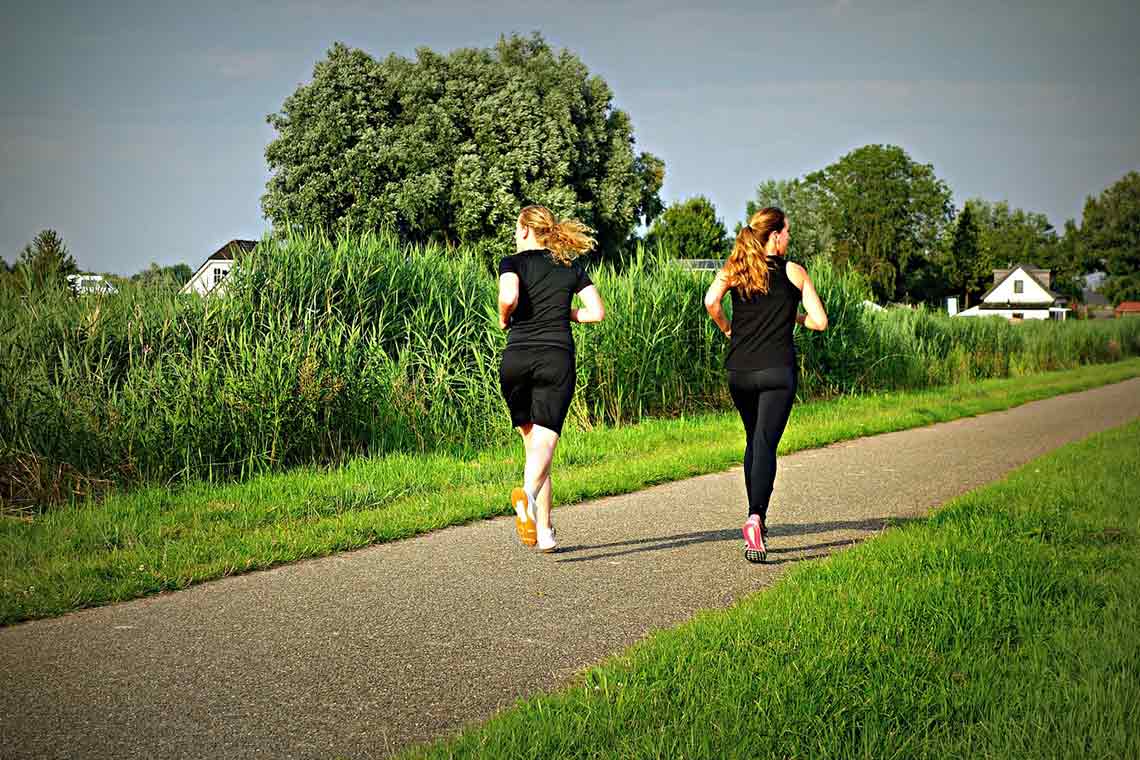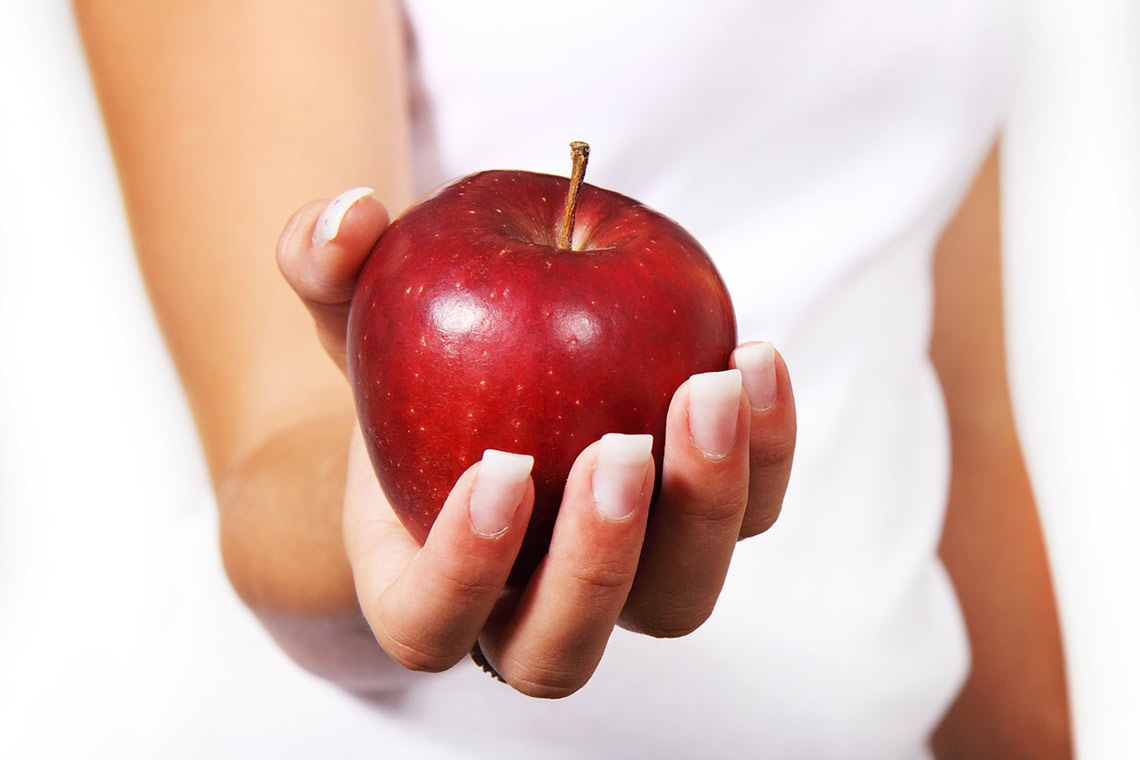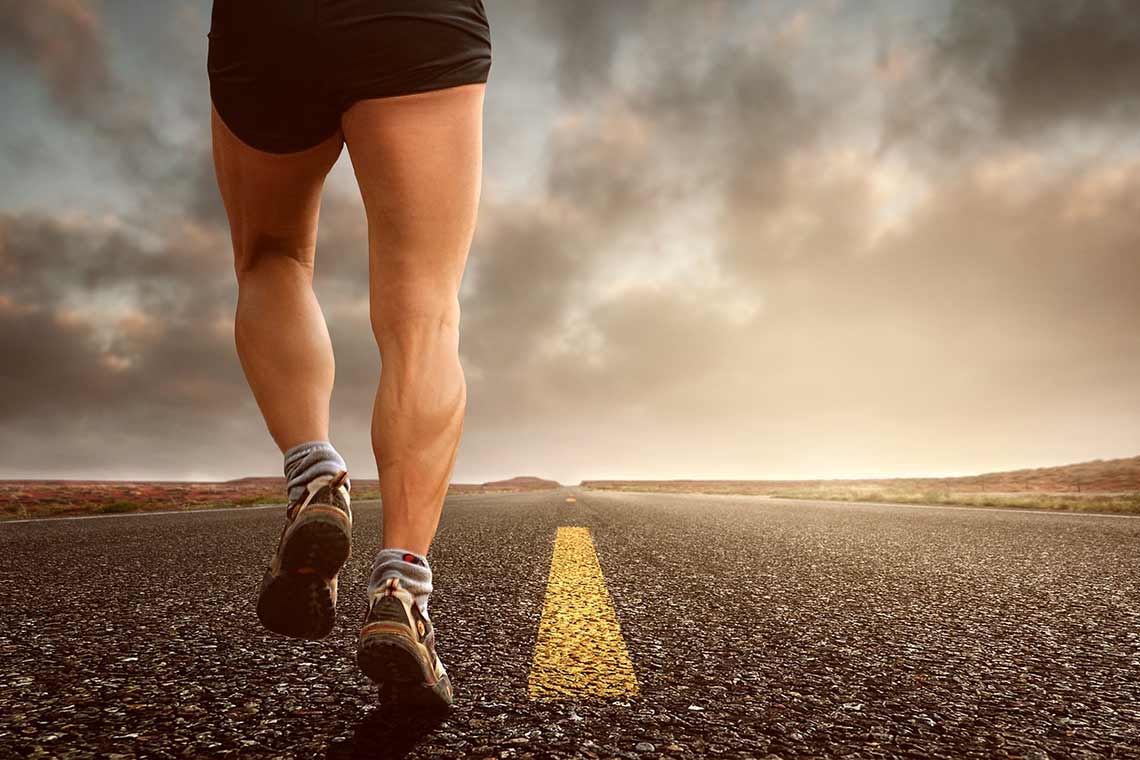Firstly, it’s never too late to start exercising! My 70+ year old clients will tell you that!! They do wish, however, that they had started an exercise programme earlier because of the benefits they have experienced due to regular exercise. Regular exercise at any age will give you a million health benefits as you know but as you age, unfortunately, most things deteriorate so the need for exercise is even more apparent. You tend to associate bone density loss in menopausal women or post-menopause but as we age even pre-menopause bone density is on the decline as is muscle mass and weight gain on the rise. Unfortunately also on the increase is your cardiovascular risks such as stroke and heart attack. We need to combat lifestyle diseases and all it takes is a little bit of regular exercise and more effort to choose the correct foods.
Obviously it is never too late as I say but there are things you need to consider if you are late starter as far as exercise is concerned or returning to exercise after a significant time lapse in training.
- Make sure you have a check up with your GP first to identify any blood pressure issues, diabetes, bone density, iron levels, vitamin D and calcium. Also, thyroid hormones may decline as you age and certainly during/post menopause so ask about a thyroid test if your doctor has not already checked as that could be contributing to weight gain.
- Enlist the assistance of a personal trainer of course! A personal trainer will know the health risks that the over 40’s group face when starting an exercise programme and which exercises are best. They won’t let you slack off either! We still like to have fun too though!
- Remember that you need to look at balance in your fitness programme, strength, flexibility and cardiovascular exercises.
- Walking is a great way to start a programme, if you can only do 30 minutes, then 45 and work up to an hour that’s a great start! Time your walks, record how long it takes to walk to a certain place or plan with whereis.com the actual path you are going to take and how long it should take you to get there. Can you beat that time? This gives you a challenge and a sense of achievement when you start to get to a faster pace.
- Strength training, it’s best to start light and do lots of reps rather than start heavy as you run the risk of injury. A personal trainer can come up with all sorts of fun exercises for you to do, not just your traditional strength training exercises.
- Flexibility, it’s essential that you start to stretch. How many hours do you sit at a desk or stand all day? How many minutes do you stretch out your calves, back or legs? How many times do you visit the physio for a back problem or have a sore back? Being flexible, yes not gymnast flexible, but being able to stretch effectively can contribute to avoiding injury and relieving general soreness.
- Exercise outdoors, even if it is “winter”, really, it isn’t snowing is it! There really isn’t an excuse not to exercise right now! Outdoor exercise is so beneficial for your health and well-being, mood, and exposure to the sun assists with the production of Vitamin D.
So start exercising even if you are over 40 it’s the BEST ANTI-AGING medicine you can find!
Written by Angie Hazell. I am Personal Trainer of Create Health & Fitness specialising in exercise in the over 40’s in Mount Hawthorn, Mount Lawley and North Perth. Please feel free to contact me if you have a question.

